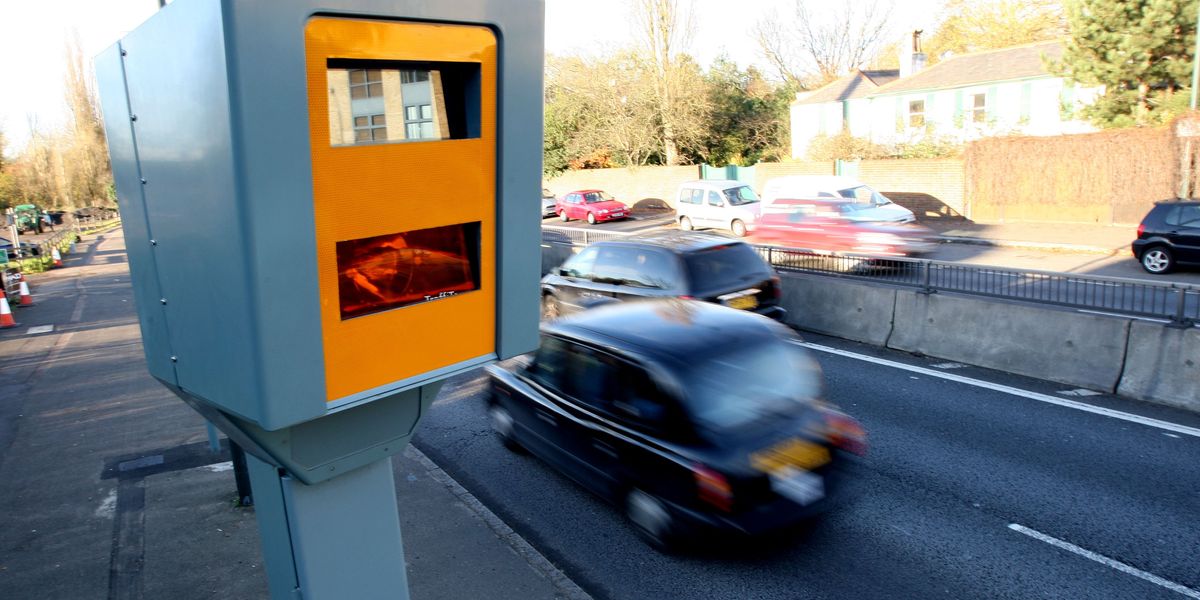There has also been a shift towards “video-based networks” like Youtube, TikTok and Instagram, according to Ofcom.
But, overall, news reported on TV, radio and in newspapers was deemed by audiences “to be more trustworthy than news on social media”.
Ofcom is reviewing the provision, role and value of local media in the UK, including changing audience behaviours.
It is also looking at how the , which has been described “both as a competitor and as a complement” affects other providers of local news.
Ofcom have now published the initial findings of their review.
Local media includes news and current affairs, and also information about local weather, traffic, community events, arts and sports.
“Local media can be a means by which local governments, institutions, public services and politicians are scrutinised and held to account for their decisions and policies,” Ofcom said.
The review said that while local TV, radio, newspapers and online news played a “valuable role” in people’s lives, “the sustainability of the sector is under threat” as more people got news online.
For instance, while there has been an increase in digital news sites, across the UK there are 271 fewer print newspapers than there were nearly two decades ago.
There has also been a decline in the number of journalists employed by local newspapers across the UK.
“Reaching younger audiences with news via any route is increasingly difficult,” Ofcom’s review said.
It also said “that a large section of the population is disengaging from or avoiding news altogether”.









